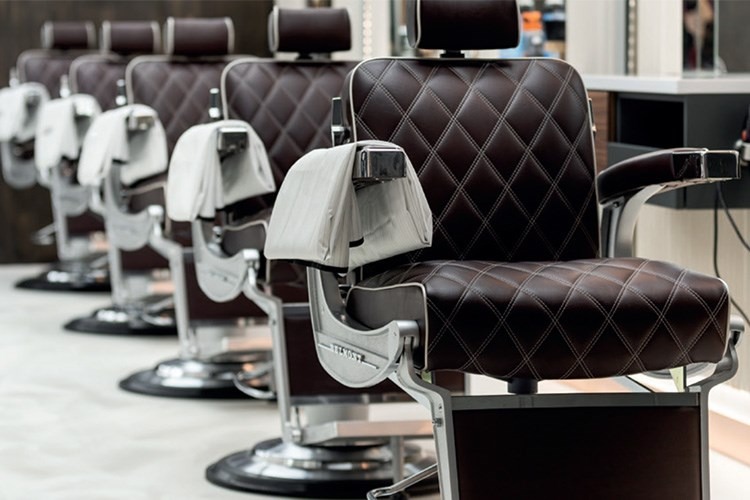Maintaining salon chairs is crucial to ensure their longevity and keep them in optimal condition. Salon chairs are often subjected to heavy use, with multiple clients using them each day. With the right maintenance routine, you can extend their lifespan and save on replacement costs.
The first step in maintaining salon chairs is regular cleaning. This doesn’t just mean wiping down the seats after each client; it also involves a deep clean at least once a week. Use a gentle cleaner that won’t harm the material of your chair or leave residue behind. Always follow manufacturer instructions when it comes to what kind of cleaning solutions are safe for your specific chair model.
In addition to cleaning, it’s essential to regularly inspect your salon chairs for any signs of wear and tear. Look out for cracks or tears in the upholstery, loose screws or bolts, and any other damage that could affect the chair’s functionality or safety. If you notice any issues, address them as soon as possible – small problems can quickly escalate into larger ones if left unchecked.
Lubrication is another key aspect of Salon Chair chairs have moving parts that need lubricating regularly to function smoothly and prevent unnecessary strain on these components. Again, refer to your manufacturer’s guidelines regarding which type of lubricant is suitable for your particular model.
Another important tip is not overloading the chair beyond its weight capacity as this can cause significant stress on its structure leading eventually to breakage or malfunctioning parts over time.
Moreover, keeping an eye on hydraulic systems in adjustable chairs will go a long way towards prolonging their life span too. If you notice any issues with height adjustment functions such as difficulty raising or lowering the seat, it might be time for professional servicing.
One often overlooked aspect of maintaining salon furniture including chairs is protecting them from direct sunlight exposure which can lead to fading colors and degradation of materials over time especially leather upholstery.
Lastly but importantly always remember that prevention is better than cure. By training your staff on proper use and handling of salon chairs, you can prevent many common issues from occurring in the first place.
In conclusion, maintaining salon chairs requires regular cleaning, inspection for wear and tear, lubrication of moving parts, not overloading them beyond their weight capacity, monitoring hydraulic systems and protecting them from sun damage. With these tips in mind, you can ensure that your salon chairs remain functional and visually appealing for many years to come. This will not only save you money in the long run but also contribute to a more comfortable experience for your clients.


